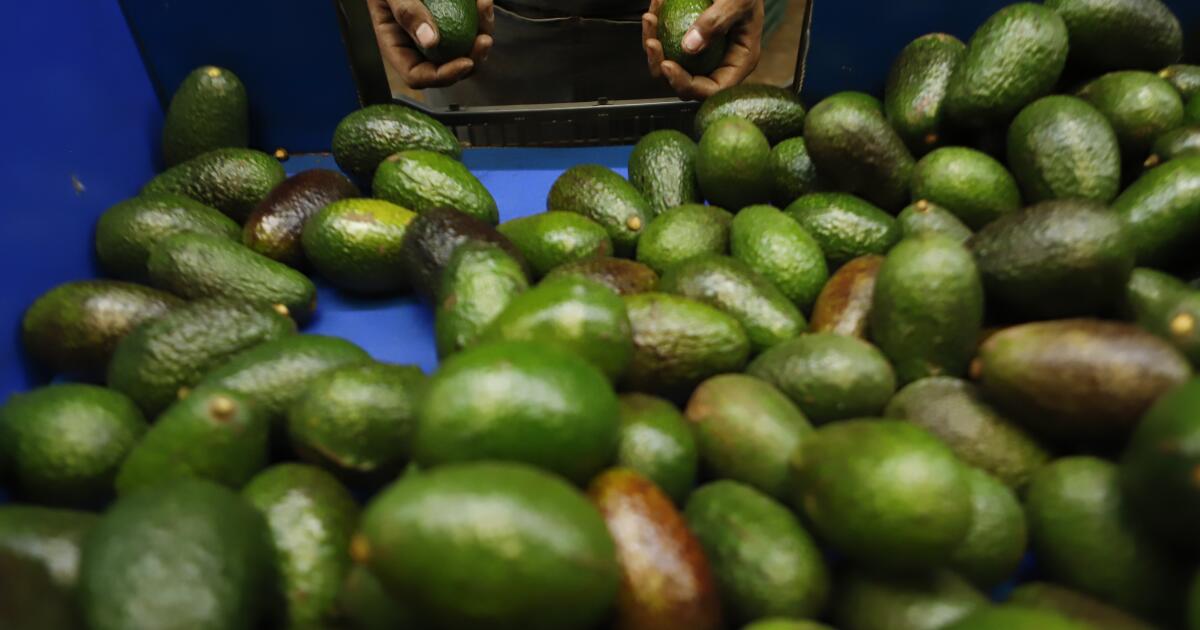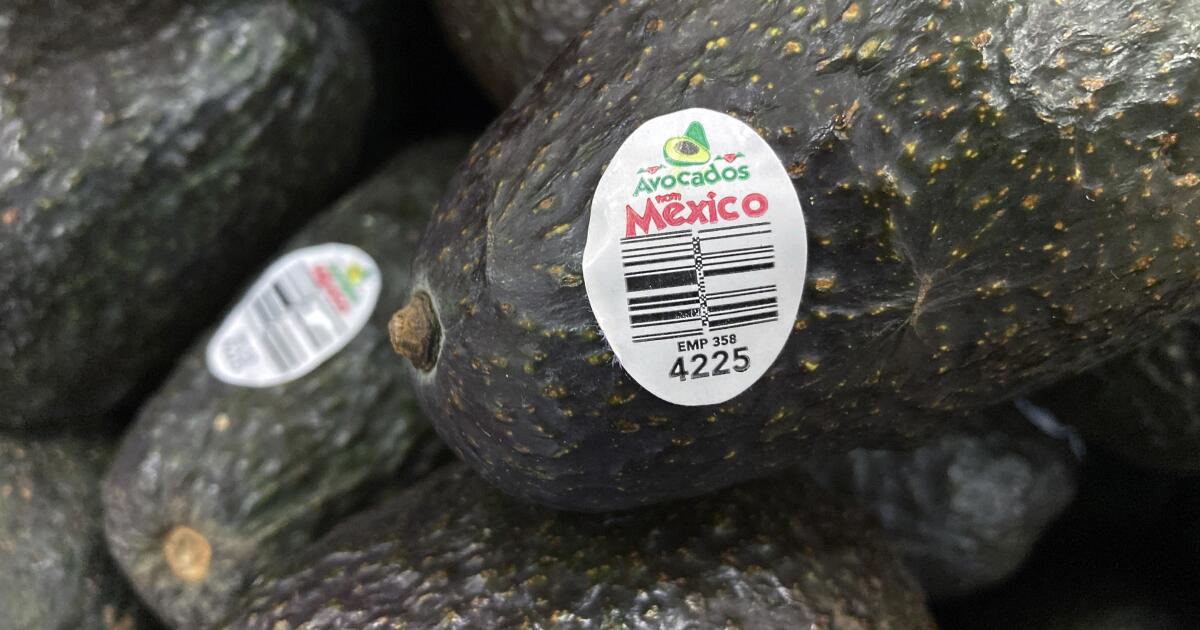
How we got to peak avocado: Super Bowls to Mexico’s drug cartels
LA TimesHumans have been eating avocados on this continent for some 10,000 years or possibly longer, according to the archeological record. The history of the annual NFL championship game as a cultural event is firmly entwined with the rise of guacamole in mainstream U.S. culture, according to Times columnist Gustavo Arellano, whose encyclopedic knowledge on all things American Mexican food is evident in his 2012 book, “Taco U.S.A.” “Guacamole doesn’t take off until chips take off, and chips don’t take off until Doritos take off, and that’s the late 1960s,” Arellano says. A California industry was taking shape, and as early as 1937, the New Yorker declared the avocado to be the “ future of eating.” In the postwar era, as interest in Mexican or “Spanish” foods began to grow, prepared guacamole — made with varying recipes involving avocado, chile, onions, tomato, cilantro and lime — began surfacing in restaurants. As people moved north, Mexico wanted to send avocados as well, but rules protected California’s produce from Mexican competition — until one key year that might be called guacamole’s inflection point. Despite this “sad reality,” Arellano said, most people won’t put much thought into how Mexican drug cartels are inextricably linked to the avocado trade in Michoacán.
History of this topic

Why Trump's tariffs on Mexico would mean higher avocado prices at the grocery store
NPR
The U.S. and Mexico settle their avocado standoff — but not without a dig from the Mexican president
LA Times
Avocados toast? Price and availability could suffer after USDA halts some Mexican inspections
LA TimesGame-time guacamole may get harder to make as climate reduces avocado shipments from Mexico
Associated Press
As Super Bowl approaches, game-time guacamole affected by fewer avocado shipments from Mexico
The Independent
Mexican avocados shipped for Super Bowl named in complaint
The Independent
Route to Super Bowl dangerous for Mexico’s avocado haulers
Associated PressAlterra's Pemberton avocado plantation project sparks market glut fears
ABC
US suspends Mexican avocado imports on eve of Super Bowl
Associated Press
Mexican town protects forest from avocado growers, cartels
Associated PressAvocados dumped amid glut in domestic supply and imports from overseas
ABCHoly guacamole. Avocado producers are about to smash the harvest record, far eclipsing forecasts
ABCAvocado crop in WA tipped to rise 233 per cent, driving down prices
ABCAvocados are dropping in price — great news for some, lousy for others
ABCAvocado production tipped to double as harvest smashes it in the Riverland
ABCDiscover Related















)











